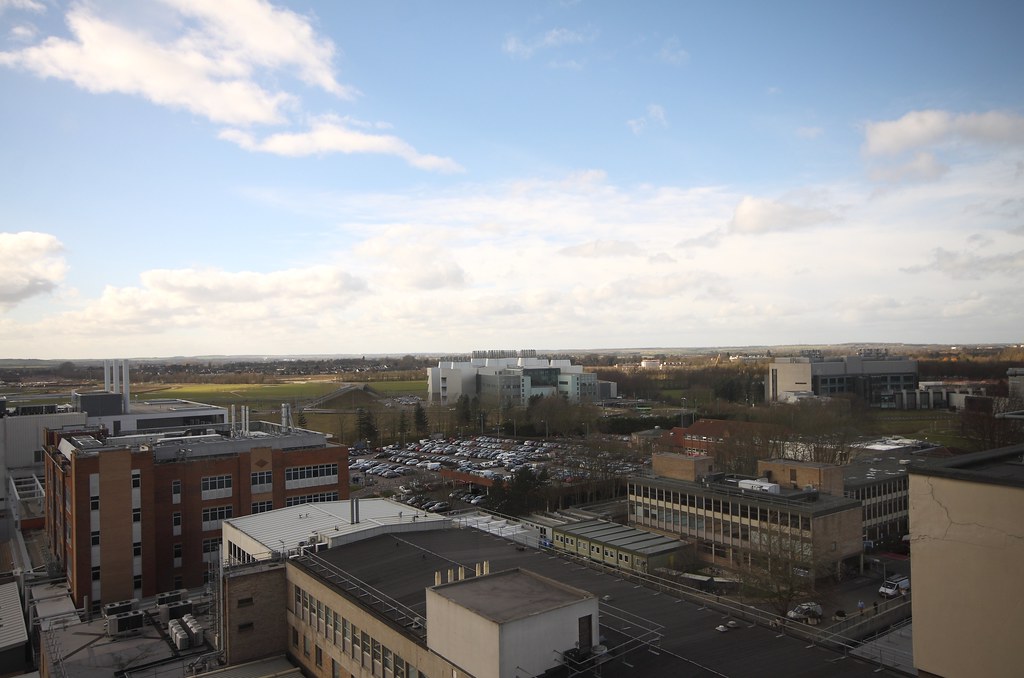
PhenoTips improved the efficiency and enhanced the quality of patient care provided by the medical genetics staff at Addenbrooke’s Hospital, by bringing pedigree drawing and data capture into the modern age of medicine.
Addenbrooke's in Cambridge, UK, is an internationally recognized teaching hospital and centre for medical excellence. The hospital serves a local population, as well as providing specialist services in cancer, paediatrics, genetics, rare diseases, and more. Attending staff Dr. Marc Tischkowitz, and the medical genetics department he works in, serve a population of 3 million.

As a regional hub for specialty services, Addenbrooke’s must maintain modern, up-to-date facilities. Recognizing the importance of becoming paperless to this mission, Addenbrooke’s made the switch to electronic health records (EHR), but this was not enough for all departments to ditch paper. Dr. Marc Tischkowitz and the medical genetics department still drew family trees by hand.
“The problem with using paper and pen is that often the pedigrees get too big, they get scrunched up, they’re illegible, they change over time,” says Dr. Tischkowitz.
This illegibility makes reviewing a patient's pedigree difficult guesswork, even for the original clinician. Interpreting a pedigree becomes even more complex when new clinicians review and consult on the patient’s family history. Making sense of the messy scrawls may involve meetings with the original care provider, additional patient consultations, and redrawing it from scratch. All of which becomes a strain on valuable clinical time, hospital resources, and patient experience.
“There’s a lot of different pedigree drawing programs out there, I’ve tried many of them, and most of them I’ve found clunky or not very useful, and with PhenoTips I’ve never had any problems. It just works, that’s what you want, you don’t want to think about the IT behind it, you just want something that works.”
PhenoTips offered a unique solution for Addenbrookes, one that had benefits for more than just the medical genetics department. In addition to providing a data capturing, document storage, and diagnoses easier for the oncology and dysmorphology departments.